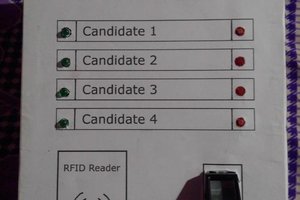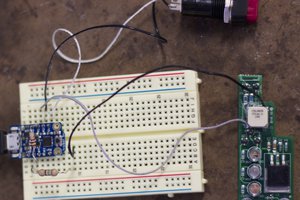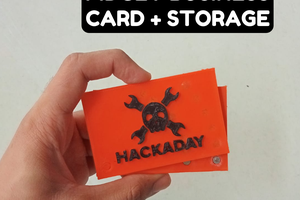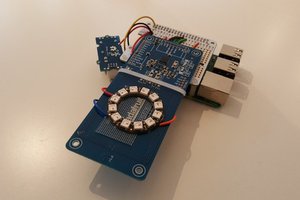Introduction
I have an old Henderson 880 garage door lifter. The radio key boxes that came with it have worked perfectly for decades, but not any more. I installed power line modems to get Ethernet where WiFi doesn't reach and the interference they generate stops the 27MHz keys from working.
Interface to the Henderson 880
The door motor unit provides a 24V DC supply and third contact that, when connected momentarily to the -ve supply, causes the door to change state. If the door is closed it starts to open, if it is open it starts to close. If it is already moving it stops. Many other models probably work that way too.
To replace the 27MHz radio keys we need a device that:
- Operates from 24V
- Can connect the third contact to the -ve supply for a second or so on demand
- Only allows a person with a key to operate it
How this NFC Card Door Control works.
- A regulator drops the 24VDC supply down to 9V for the Arduino (the relay shield needs 9V).
- An NFC card reader gets the ID from any MIFARE based card presented to it
- The Arduino compares the ID number of the card to a list of valid IDs
- If the ID is in the list, a green LED indicator lights and the door is activated. Individual relays are used for each function.
- If the ID isn't on the list, a red LED indicator lights to show a card has been presented the is not valid. A third relay controls the LED
Possible Improvements.
- The linear regulator isn't a good solution because it has to dissipate a wee bit of power and gets hot. The regulator will need to have a heatsink fitted. A switched mode supply would be much better but I had the Velleman board to hand....
- Having to edit and download code each time a new card is to be validated is clunky. You could have the Arduino add a new ID to the valid ID list based on (say) presenting a valid card then the invalid card within a short time window.
- If you have a simple door lock or a different kind of door you will want to experiment with the timings to get convenient operation

 Adharsh K
Adharsh K
 evac
evac
 Bhuvan Bagwe
Bhuvan Bagwe
 Joe
Joe